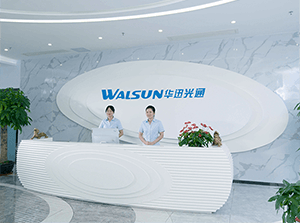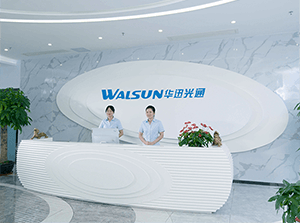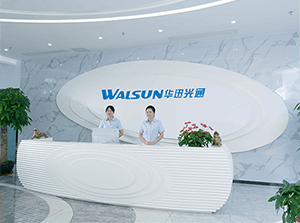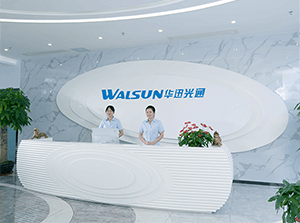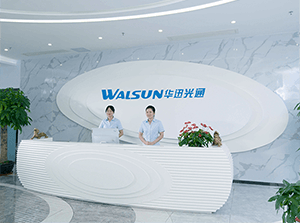PRODUCTS

- Yes, Cisco SFP28 (Small Form-factor Pluggable 28) modules are designed to be backward compatible with SFP+ (Small Form-factor Pluggable Enhanced) ports. This means that you can use a Cisco SFP28 module in an SFP+ port on Cisco networking equipment.The backward compatibility ensures flexibility in network upgrades, allowing users to transition from lower data rates (such as 10 Gigabit Ethernet with1223

- QSFP (Quad Small Form-factor Pluggable) modules support different transfer speeds depending on the specific type and version. QSFP modules are commonly used for high-speed data transmission in networking applications, including Ethernet, InfiniBand, and Fibre Channel. Here are some common QSFP types and their associated transfer speeds:QSFP:The original QSFP module supports data rates of up to 40942

- Yes, Cisco SFP (Small Form-factor Pluggable) modules are designed to be hot-swappable. Hot-swapping refers to the ability to insert or remove a module from a networking device without powering down the device. This feature allows for easier maintenance, upgrades, and replacements without interrupting the operation of the overall network.When hot-swapping a Cisco SFP module, it's important to f1041

- The terms "SFP port" and "SFP module" refer to different components in a network system, and understanding their distinctions is essential for networking professionals. Here's a breakdown of the differences:SFP Port:Definition: An SFP port (Small Form-factor Pluggable port) is a physical interface or receptacle on a networking device, such as a switch, router, or network in936

- The power level range of SFP (Small Form-factor Pluggable) modules can vary depending on factors such as the specific type of SFP module, the data rate it supports, and whether it is an optical or electrical module. Generally, the power levels are specified in terms of transmit (TX) power and receive (RX) power. Here are some general guidelines:TX Power (Transmit Power): This refers to the optical1944


 CHS
CHS Walsun Mall
Walsun Mall

